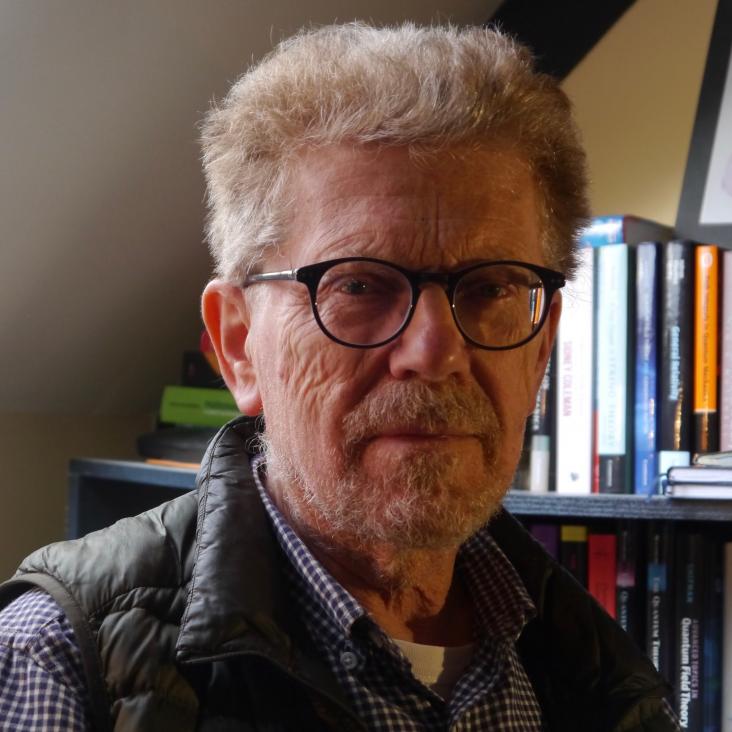String models of glueballs and the spectrum of SU(N) gauge theories in 2+1 dimensions
Physical Review D 66:3 (2002)
Abstract:
The spectrum of glueballs in 2 +1 dimensions is calculated within an extended class of Isgur-Paton flux tube models and compared to lattice calculations of the low-lying SU(N≥2) glueball mass spectrum. Our modifications of the model include a string curvature term and a new way of dealing with the short-distance cutoff. We find that the generic model is remarkably successful at reproducing the positive charge conjugation, C = +, sector of the spectrum. The only large (and robust) discrepancy involves the 0-+ state, raising the interesting possibility that the lattice spin identification is mistaken and that this state is in fact 4-+. Additionally, the Isgur-Paton model does not incorporate any mechanism for splitting C= - from C=+ (in contrast with the case in 3 + 1 dimensions), while the "observed" spectrum does show a substantial splitting. We explore several modifications of the model in an attempt to incorporate this physics in a natural way. At the qualitative level we find that this constrains our choice to the picture in which the C= ± splitting is driven by mixing with new states built on closed loops of adjoint flux. However, a detailed numerical comparison suggests that a model incorporating an additional direct mixing between loops of opposite orientation is likely to work better, and that, in any case, a nonzero curvature term will be required. We also point out that a characteristic of any string model of glueballs is that the SU(N →∞) mass spectrum will consist of multiple towers of states that are scaled up copies of each other. To test this will require a lattice mass spectrum that extends to somewhat larger masses than currently available. © 2002 The American Physical Society.Topology and chiral symmetry breaking in SU(Nc) gauge theories
Physical Review D 66:9 (2002)
Abstract:
We study the low-lying eigenmodes of the lattice overlap Dirac operator for SV(NGlueballs, strings and topology in SU(N) gauge theory
NUCLEAR PHYSICS B-PROCEEDINGS SUPPLEMENTS 109 (2002) PII S0920-5632(02)01404-4
The topological susceptibility and fπ from lattice QCD
Physics Letters Section B Nuclear Elementary Particle and High Energy Physics 523:3-4 (2001) 280-292
Abstract:
We study the topological susceptibility, χ, in QCD with two quark flavours using lattice field configurations that have been produced with an O(a) improved quark action. We find clear evidence for the expected suppression at small quark mass, and examine the variation of χ with this mass. The resulting estimate of the pion decay constant, fCONFINING STRINGS IN SU(N) GAUGE THEORIES
Physical Review D 64 (2001) 105019 25pp


